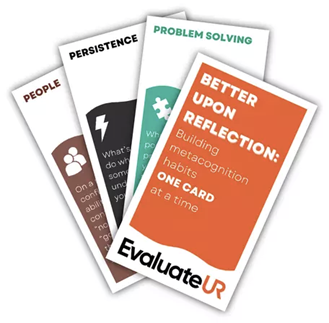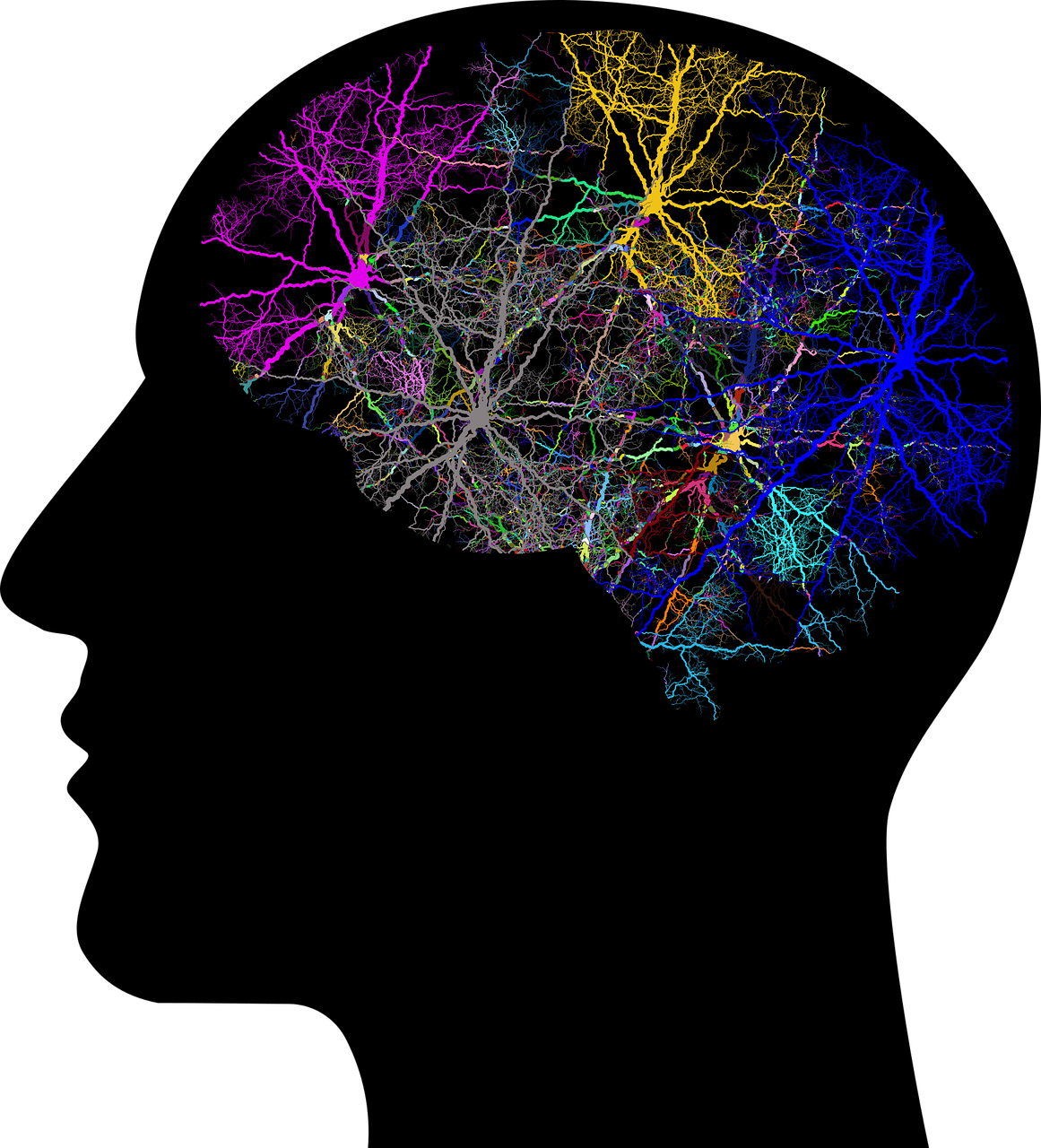by Tara Beziat at Auburn University at Montgomery
On almost every to-do list I make these days is the word “Laundry.” With two kiddos and a husband who is an avid exerciser, our laundry quickly piles up. Recently, when I told my husband I had everything washed, I paused and thought about my goal of getting the laundry done. I can never actually get it all done. The goal is too broad and it is not time bound. I paused again and thought here I go again being metacognitive: I have goals; I am monitoring them and seeing if I meet them; I realized I needed to make adjustments. In going through this metacognitive process at home, I realized there were applications in my classroom too. I needed to help my students reframe their goals of “reading the textbook or “studying” and build better plans to reach them.
Backwards Planning
The first thing we need to do with goal setting is to build better plans to reach those goals, which research suggests could involve working backwards from the end state of those goals, (Jooyoung, Lu & Hedgock; 2017). It seems that when we have distant goals that involve many tasks, like a comprehensive exam, mid-term project or final presentation, a variety of issues come into play. Inadvertently, obstacles or “speed bumps” slow down our momentum towards the end goal and leave us discouraged. By starting with the end goal (e.g. comprehensive exam) and working backwards to the present time, we often anticipate these potential hurdles. This type planning also leads to the creation of sub-goals. The relatively immediacy of these sub-goals and then the completion of them leads to greater motivation in meeting the final goal.
What this means in my course is that I need to help students develop a timeline, so they see all of the tasks and activities they need to do to reach their end goals. As we develop this timeline, we will work backwards. As we chart out the plan for success, we can acknowledge potential hurdles that may require them to take more time with one task or even shift their preparation. If a large project is due the Monday after the Iron Bowl, a significant event here in Alabama, they may need to consider when they can work on the project prior to that game. By forecasting these “speed bumps,” and planning out the steps in reverse to reach their ultimate goals.
Set Specific Goals
Schunk (1990) identified specificity as one of the keys in goal setting. When we set specific goals, we can better gauge the amount of time and effort it will take to complete this goal. Specificity also allows for better monitoring, a key component in being metacognitive, and can lead to increased self-efficacy as one meets these goals. So students’ goals of “doing well in the course” or “studying harder” are not specific enough and need to be adjusted. To do well in the course, students need to consider what does this actually mean and what sub-tasks are involved to reach this goal. For example, they need to consider what they need to get on the various quizzes and assignments in the course if they want to have an A. This leads to a discussion about preparing for class, allocating study time and allocating time to assignments for the course. All of these can go on this timeline where we work backwards.
Time-Bound Goals
The proximity of the goal plays a key factor in our motivation (Schunk, 1990). Goals that are proximal are more motivating than distal goals. This again goes back to why it is important to plan backwards. It allows us to set up intermediate proximal goals during the semester so we can reach the distal goals. Students (and even professors) often say they are going to study in the afternoons or they are going to read over the weekend. Invariably, “speed bumps” occur and the studying and reading are pushed aside. By blocking out time in your schedule, just like you block out time to attend class, with start times and end times you are more likely to devoted your undivided attention to the task. Dr. Paul Pacheco-Vega provides great advice about planning and how to set up your calendar to get your tasks done. He even shows how to adjust your schedule for when those speed bumps occur. The key is to set aside time in your calendar but also to be aware of that life may just throw you a curve.
By helping my students reframe their goals and build a backwards timeline of how to accomplish their goals, I increase the chances of my students not only being successful in my course but also in their future courses. I am also helping them become more metacognitive. They are learning metacognitive strategies related to setting goals and monitoring and evaluating their progress toward this goal. As an added benefit this approach may lead to higher self-efficacy and increased learning.
Metacognitive strategies are not just for the classroom or academic environment, they have helped me improve my laundry process too! I have set better goals for my chore of doing laundry. I start with the end goal, to have all of the laundry washed and put away by Monday morning. The “laundry” is limited to the clothes in the hampers on Friday. I then set out to complete one load of laundry on Friday, Saturday and Sunday and then I put it away on Monday. This plans leaves lots of room for the numerous unforeseen hurdles in rearing two children under two.
Jooyoung, P., Lu, F., Hedgcock, W. (2017). Forward and Backward Planning and Goal Pursuit. Psychological Science. DOI:10.1177/0956797617715510
Schunk, D. H. (1990). Goal Setting and Self-Efficacy During Self-Regulated Learning. Educational Psychologist, 25(1), 71-86




